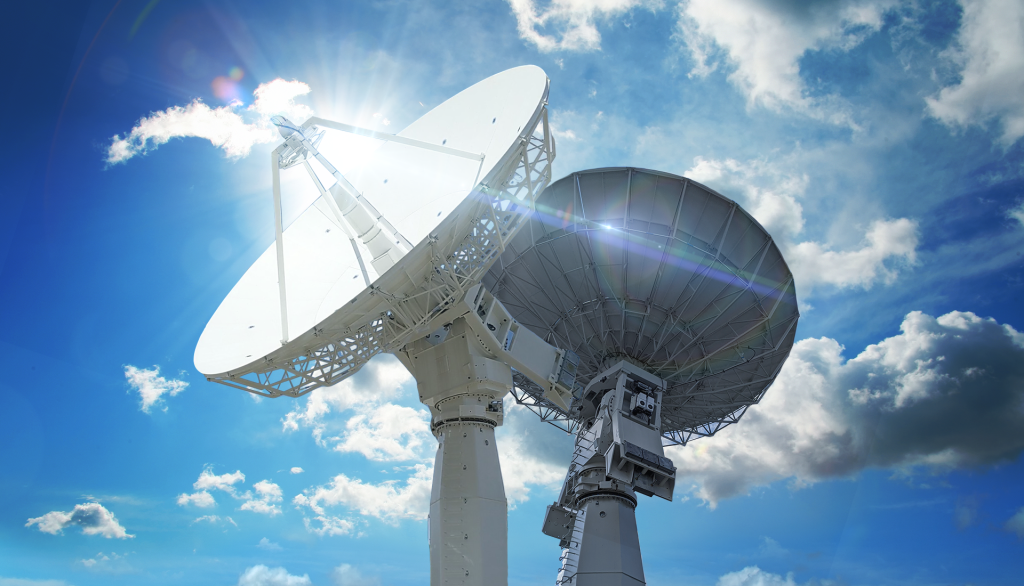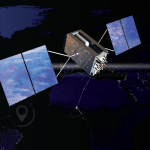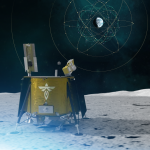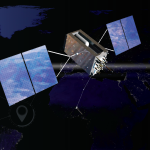Global Positioning System
History, Use, and Future of GPS at NASA
NASA’s mission to pioneer the future in space exploration, scientific discovery, and aeronautics research necessitates the proactive development and implementation of a number of GPS applications, to enable greater spacecraft autonomy and more advanced space science and Earth monitoring applications.

The Interoperable Space Service Volume
Global Navigation Satellite Systems (GNSS), including the U.S. Global Positioning System (GPS), were designed to provide positioning, navigation, and timing (PNT) services to users on land, sea, and in the air. Now, they are also being used in space, for applications including real-time spacecraft navigation, timing, and scientific observations. In Low Earth Orbit (LEO), where most space users reside, GNSS signal reception is similar to that on Earth’s surface. But, there is an increasing number of users in higher orbits as well, in what is known as the Space Service Volume (SSV).
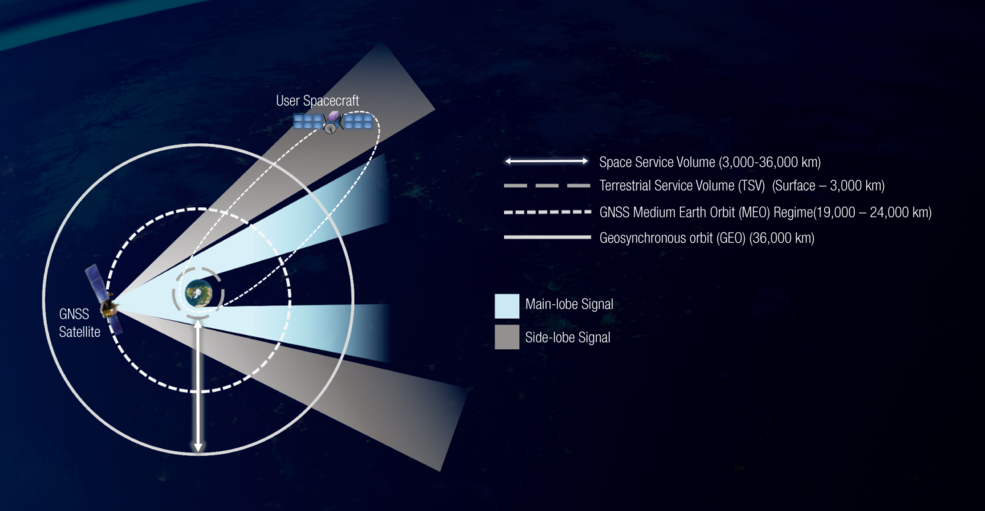
Space Communications and Navigation (SCaN)
Exploration, enabled.
NASA’s Space Communications and Navigation program, or SCaN, serves as the program office for all of NASA’s space communications activities. Presently enabling the success of more than 100 NASA and non-NASA mission, SCaN manages and directs the ground-based facilities and services provided by the Deep Space Network and the Near Space Network, including the Tracking and Data Relay Satellite system.
